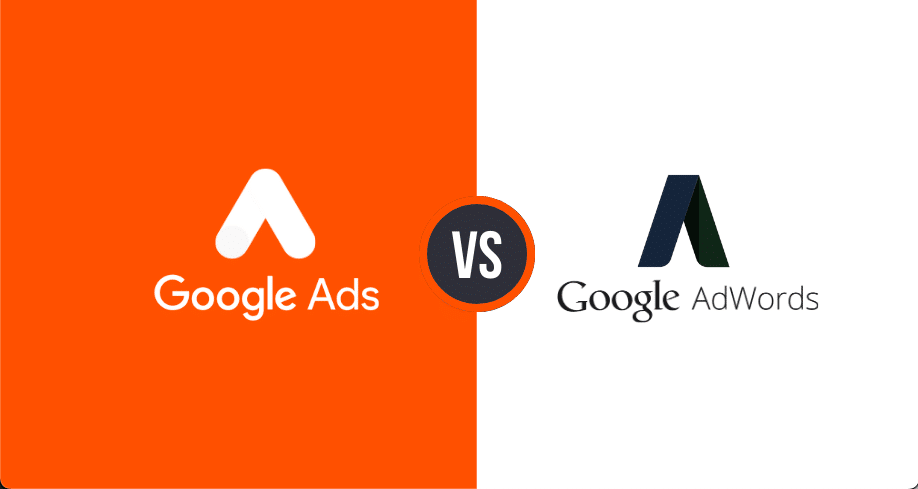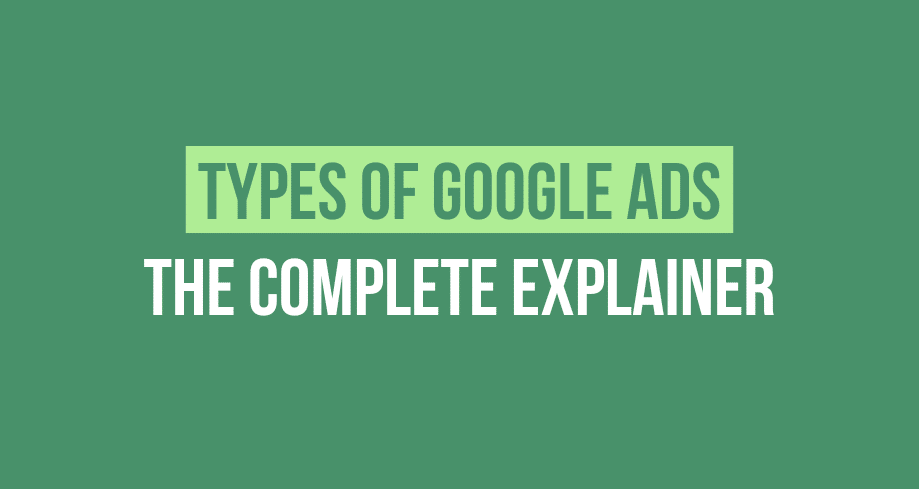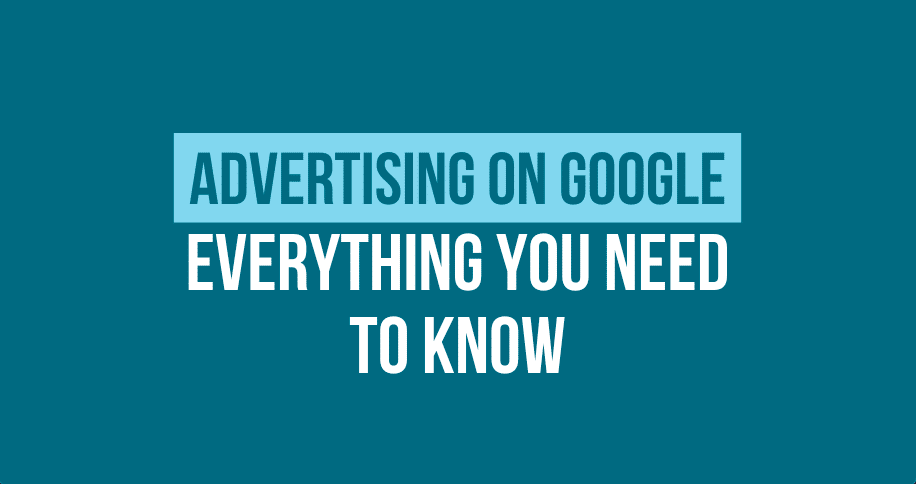Online advertising has become a crucial component of any successful marketing strategy. When it comes to advertising on Google, two prominent platforms come to mind: Google Ads and AdWords.
Google Ads and AdWords have been instrumental in driving targeted traffic and boosting conversions for businesses of all sizes. However, with the rebranding of AdWords to Google Ads, many advertisers may wonder about the changes and how they impact their advertising efforts.
This post will delve into the world of Google Ads vs. AdWords – their terminology, targeting capabilities, and campaign structures, shedding light on how these differences impact advertising strategies.
Understanding Google Ads and AdWords
Google Ads and AdWords are two powerful advertising platforms offered by Google. While they serve a similar purpose of enabling businesses to promote their products and services online, they have some fundamental differences that advertisers should be aware of. Let’s explore the basic concepts of Google Ads and AdWords, their shared features and functionalities, and the historical context that led to the transition from AdWords to Google Ads.
Basic Concepts of Google Ads and AdWords:
Website owners can make use of digital marketing to see how their ads fare in Google search results. Ads can be managed via a Google Adsense account.
Here’s a breakdown of the two:
- Google Ads: Formerly known as Google AdWords, Google Ads is an online advertising platform allowing businesses to create and manage various ad campaigns across Google’s advertising network. It offers a range of ad formats, targeting options, and campaign management tools to reach a wide audience and drive relevant traffic to websites or landing pages.
- AdWords: AdWords was the original name of the advertising platform introduced by Google in the year 2000. It allowed advertisers to bid on specific keywords and display ads on Google’s search engine results pages (SERPs) and partner websites within the Google Display Network.
Shared Features and Functionalities:
Both Google Ads and AdWords share several features and functionalities that are integral to running successful online advertising campaigns. These include:
- Keyword Targeting: Advertisers can target specific keywords or phrases relevant to their products or services, ensuring that their ads appear when users search for those terms on Google.
- Ad Formats: Both platforms offer a variety of ad formats, including text ads, display ads, video ads, shopping ads, and more, to accommodate different advertising goals and engage users across various channels.
- Budget Control: Advertisers can set daily budgets, maximum bids, and strategies to control advertising expenses and optimize their return on investment (ROI).
- Performance Tracking: Robust analytics and reporting tools are available on both platforms, allowing advertisers to track the performance of their campaigns, monitor key metrics, and make data-driven optimizations.
Historical Context and Transition from AdWords to Google Ads
In 2018, Google announced a significant rebranding of its advertising platform, renaming AdWords to Google Ads. This transition aimed to reflect the platform’s evolution and expansion beyond traditional search advertising.
As part of the new Google ads brand, the rebranding brought several changes, including:
- Broader Scope: With Google Ads, advertisers can create campaigns beyond search ads. They can leverage the platform to reach users through display advertising, video advertising on YouTube, app promotion for better user acquisition, and more, making it a comprehensive advertising solution.
- Simplified Campaign Structure: AdWords operated on a campaign-centric structure, managing each campaign separately. Google Ads introduced an account-centric structure, providing a more unified and streamlined approach to campaign management. Advertisers can now manage multiple campaigns within a single account, enabling better organization and efficiency.
You can do rich media ads, display ads, ad placement, and even buy and sell ad space after the Google ads branding change went into effect.
The transition from AdWords vs Adsense was not merely a rebranding exercise; it represented Google’s commitment to enhancing and expanding its advertising ecosystem. By offering a broader range of advertising opportunities and introducing a more integrated campaign management system, Google Ads empowers advertisers to create comprehensive, cross-channel campaigns and reach their target audience more effectively.
Differentiating Google Ads and AdWords
Let us look at some key differences here between the two:
- Terminology and Branding
- Google rebranded AdWords as Google Ads in 2018 to reflect the platform’s expanded advertising capabilities beyond search ads.
- The rebranding aims to provide businesses with a more comprehensive and integrated advertising solution.
- Advertising Network Scope
- Google Ads now includes an extensive advertising network, including search results, partner websites, YouTube, Gmail, and apps.
- This expansion allows advertisers to reach users across various channels and touchpoints in their customer journey.
- Advertisers can leverage Google Ads to run visually engaging display ads on websites within the Google Display Network.
- Video advertising on YouTube is another powerful feature offered by Google Ads, allowing businesses to reach their target audience through video content.
- Campaign Structure and Management
- AdWords operated on a campaign-centric structure, managing each campaign separately within an account.
- Google Ads introduced an account-centric structure, enabling advertisers to manage multiple campaigns within a single account for advertising space.
- The account-centric structure provides a more streamlined and centralized approach to campaign management.
- Advertisers can easily navigate and organize their campaigns, share resources, and set overarching account-level settings.
- This structure promotes efficient management, improved collaboration, and easier scalability for advertisers with multiple campaigns, facilitating smoother change management processes.
Targeting Capabilities
- Audience Targeting
- Google Ads provides advanced audience targeting features, allowing advertisers to reach specific segments of their target audience.
- Demographic targeting enables advertisers to tailor their ads based on factors like age, gender, and income.
- Affinity audiences target users who have shown interest in specific topics or industries.
- Custom intent audiences allow advertisers to reach users based on their search behavior and intent.
- Remarketing
- Google Ads offers robust remarketing options to re-engage users who have previously interacted with an advertiser’s website or app.
- Dynamic remarketing displays personalized ads to users based on their past interactions with specific products or services.
- Remarketing lists for search ads (RLSA) enable advertisers to customize their search ads for users who have previously visited their websites.
- Ad Extensions
- Ad extensions enhance ads’ visibility and functionality by providing users with additional information or options.
- Call extensions allow advertisers to include a phone number with their ads, making it easier for users to contact the business.
- Sitelink extensions provide additional links to specific pages on the advertiser’s website, directing users to relevant content.
- Structured snippet extensions display specific details or features of a product or service, enhancing ad relevance and attracting user attention.
To reiterate, Google Ads offers a wide range of ad formats, including display ads, video ads, and shopping ads, making it more suitable for campaigns with visual or product-focused elements.
Now integrated into Google Ads, AdWords remains the preferred choice for advertisers focusing solely on text-based search ads or search engine marketing campaigns.
Frequently Asked Questions
What is the difference between Google Ads and AdWords?
Google Ads and AdWords refer to the same advertising platform offered by Google but with different names. AdWords was the original name of the platform introduced in 2000, focusing primarily on search ads. In 2018, Google rebranded AdWords to Google Ads to reflect its expanded capabilities beyond search, encompassing display, video, and app advertising.
When should I use Google Ads instead of AdWords?
Google Ads is a more comprehensive advertising solution, suitable for businesses looking to reach a broad audience across different channels. If your campaign objectives involve maximizing online presence, engaging users through visual content or video ads, or leveraging partner websites and YouTube, Google Ads is recommended.
Is there any difference in terms of cost between Google Ads and AdWords?
The cost structure of Google Ads and AdWords remains similar. However, Google Ads’ expanded advertising network and additional ad formats may require a larger budget to achieve broader reach and engagement. AdWords, focusing primarily on search ads, can be a more cost-effective option for advertisers with limited budgets or specific targeting requirements.
Conclusion
Google Ads and AdWords offer unique features, functionalities, and advertising networks that cater to different campaign requirements. Whether your focus is on a broad reach and multi-channel engagement or precise search engine targeting, both platforms have their merits. Remember, there is no one-size-fits-all answer. What works for one campaign may not work for another. The key is to align your platform choice with your unique campaign objectives and target audience.
So, take the time to assess your goals, analyze your audience, and make an informed choice. With a thorough understanding of Google Ads and AdWords and how they align with your specific needs, you can optimize your online advertising campaigns and achieve the desired results.




